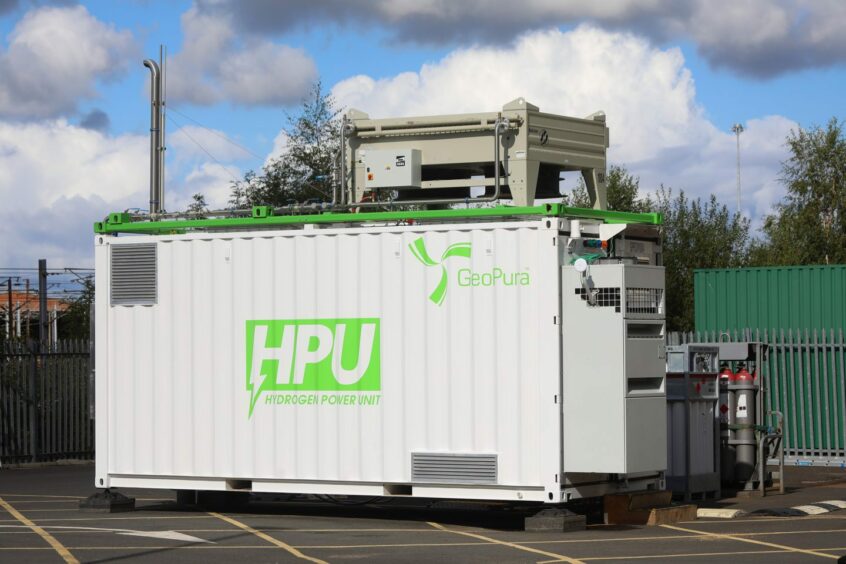
A consortium led by Siemens Energy has begun working on a new prototype system designed to produce hydrogen from ammonia.
Based in Newcastle, the £3.5m project will see construction of a prototype system designed to produce hydrogen at industrial scales using ammonia as a feedstock.
Backed by Siemens Energy, Siemens Energy Ventures, FFI, GeoPura, and Innovate UK, the system will use using FFI’s metal membrane technology (MMT) purification process to deliver high-purity hydrogen that can be used in a polymer electrolyte membrane (PEM) fuel cell.
Ammonia (NH3) is widely seen as a potential vector for large-scale hydrogen storage and transport, owing to its energy density and liquid form. The Haber-Bosch process can be used to produce ammonia from hydrogen, and provided renewable electricity is used would not result in CO2 emissions during the process.
The MMT and ammonia cracking system, if successful, would then allow green hydrogen to be recovered and delivered as high-purity hydrogen at the point of use.
However, critics have suggested that the overall roundtrip efficiencies for this process may preclude any significant large-scale uptake in the use of green ammonia for power generation.
Siemens Energy and FFI are providing engineering expertise and technical support, while GeoPura will provide onsite management, and act as off-taker. Produced hydrogen will then be used in the company’s mobile fuel cells – so-called hydrogen power units (HPUs) which can be used as a replacement for diesel generators as an ‘off-grid’ power solution.
“We have just 13 years to deliver a net-zero electricity grid for the UK. Time is running out and we can’t do this alone. This innovative green ammonia cracker could be a game-changer for scaling up the green hydrogen industry – an important step to drive the energy transition,” noted Steve Scrimshaw, VP at Siemens Energy UK & Ireland and a member of the UK Government’s Hydrogen Advisory Council.
Siemens Energy has already led another collaborative project at the Rutherford Appleton Laboratory (RAL) in Oxfordshire, which developed a £1.5m proof-of-concept for an ammonia-based energy storage system that turned electricity, water and air into ammonia without releasing carbon emissions.
Fortescue Future Industries chief executive Mark Hutchinson added: “The research and development of technology like this is key to the success of green hydrogen globally. There is an overwhelming demand for supply of green hydrogen, particularly in Europe, and transport is central to ensuring that supply.
“We know that green hydrogen can be transported long distances as green ammonia, and, if successful, ammonia cracking coupled with MMT means that you can convert it as you need to, at the point of use. The work being done as part of this partnership stands to help make green ammonia a globally traded hydrogen carrier and fuel not just for the future but for today.”
Recommended for you
